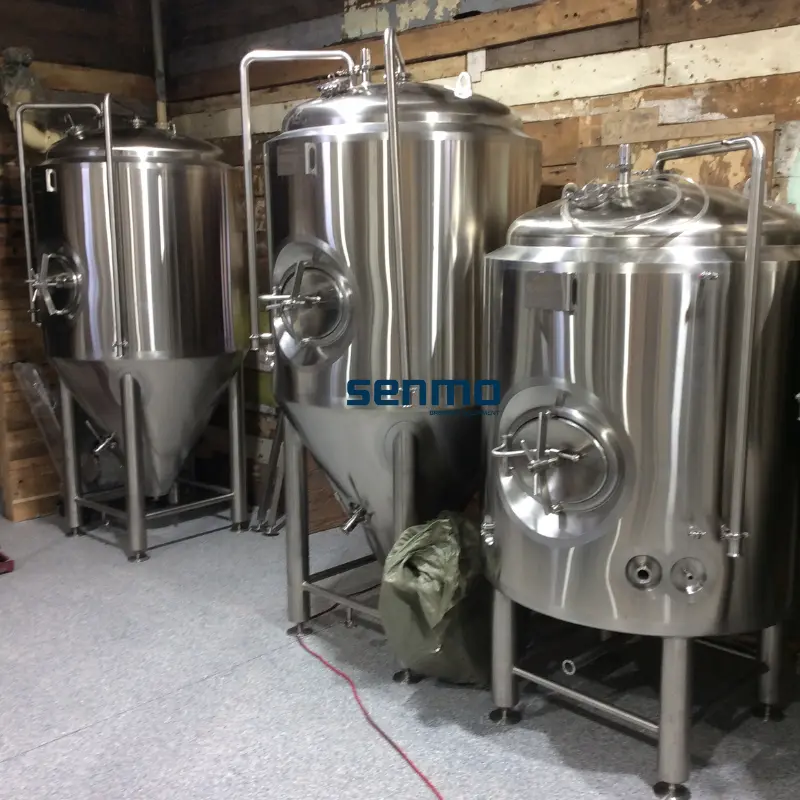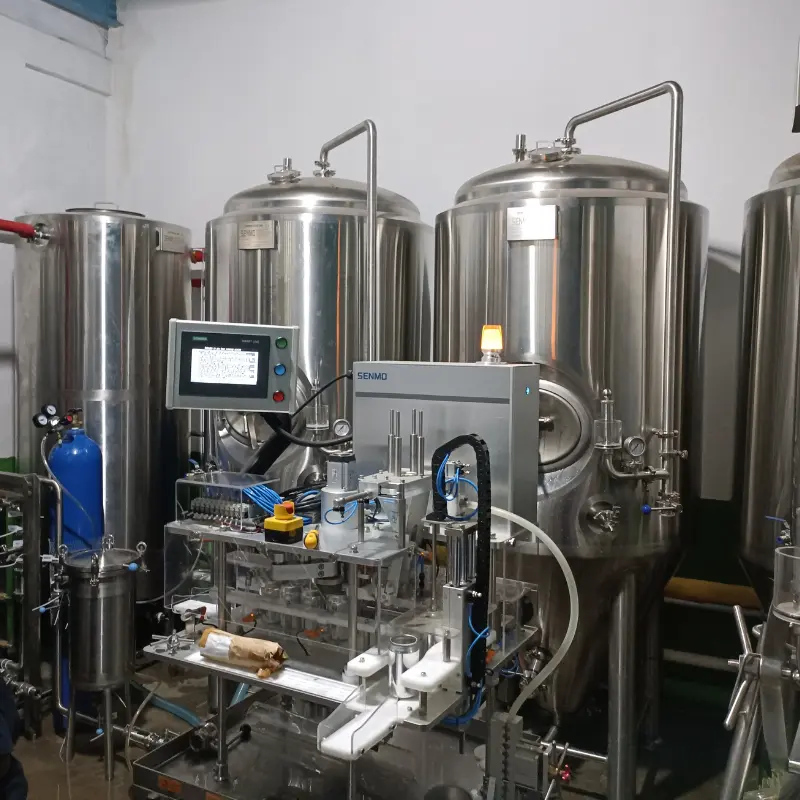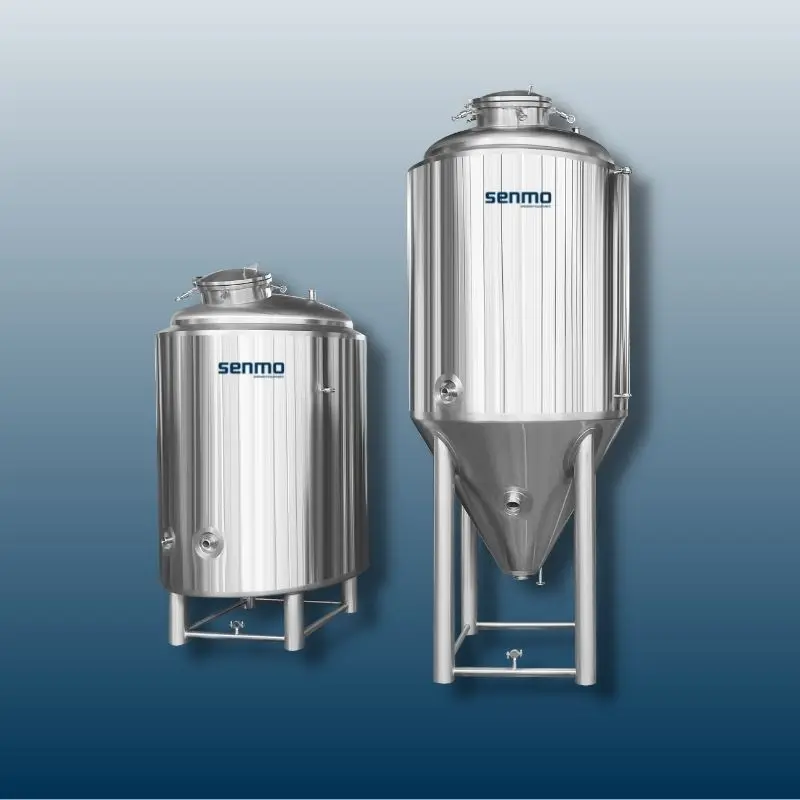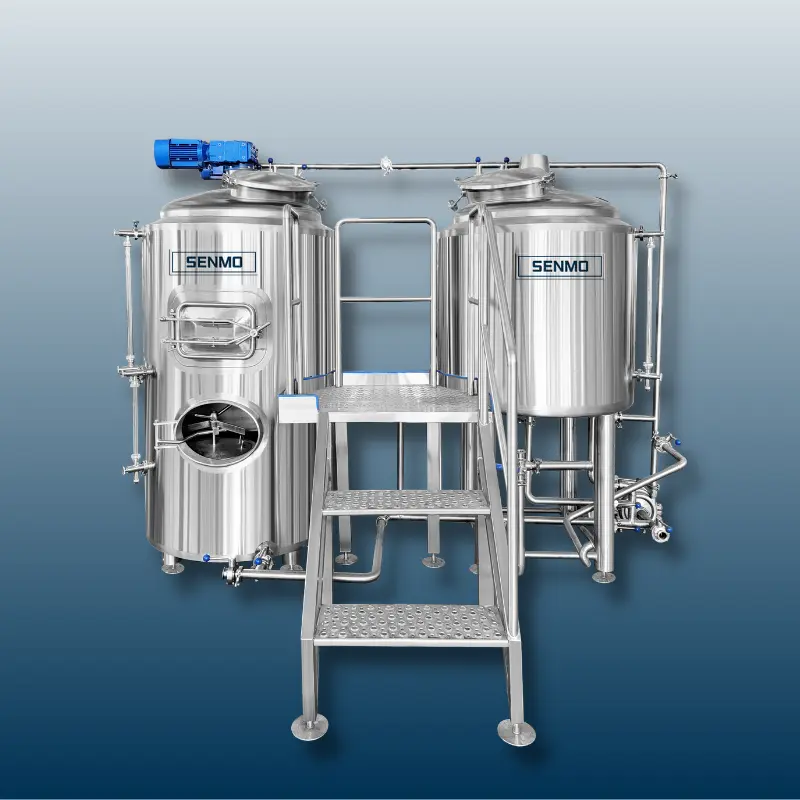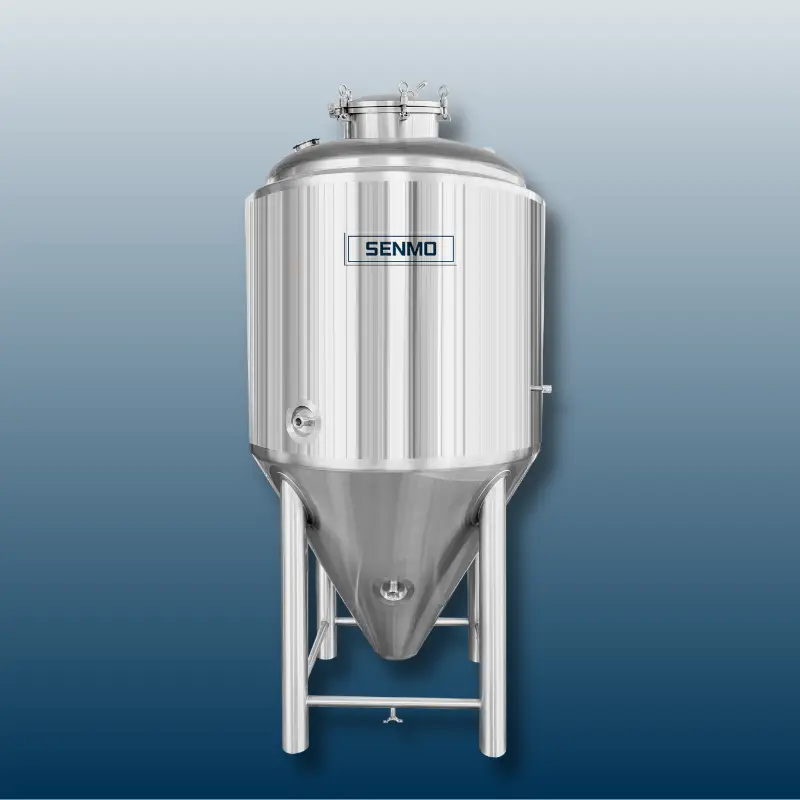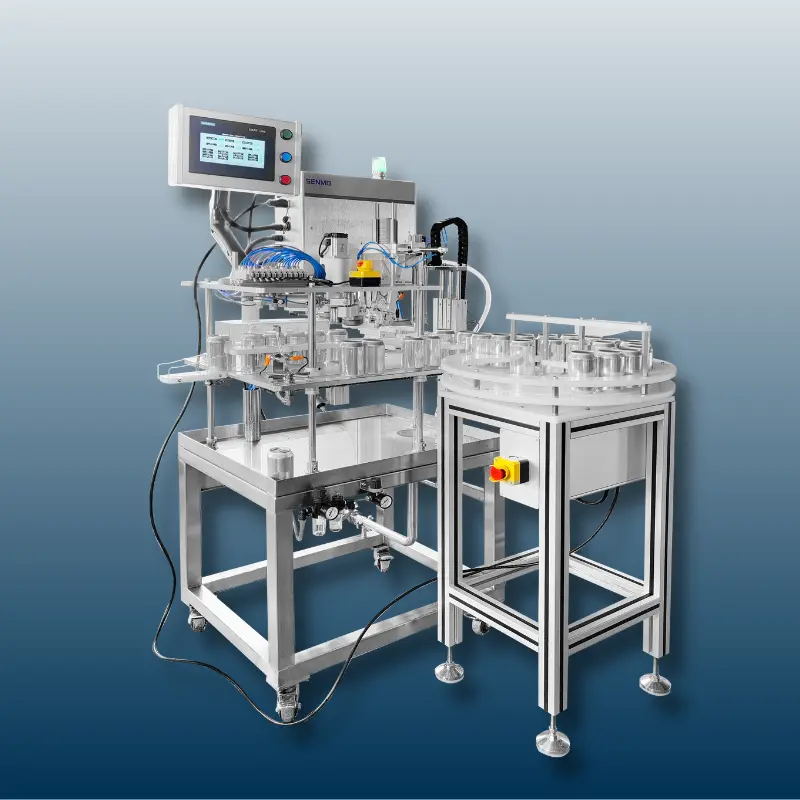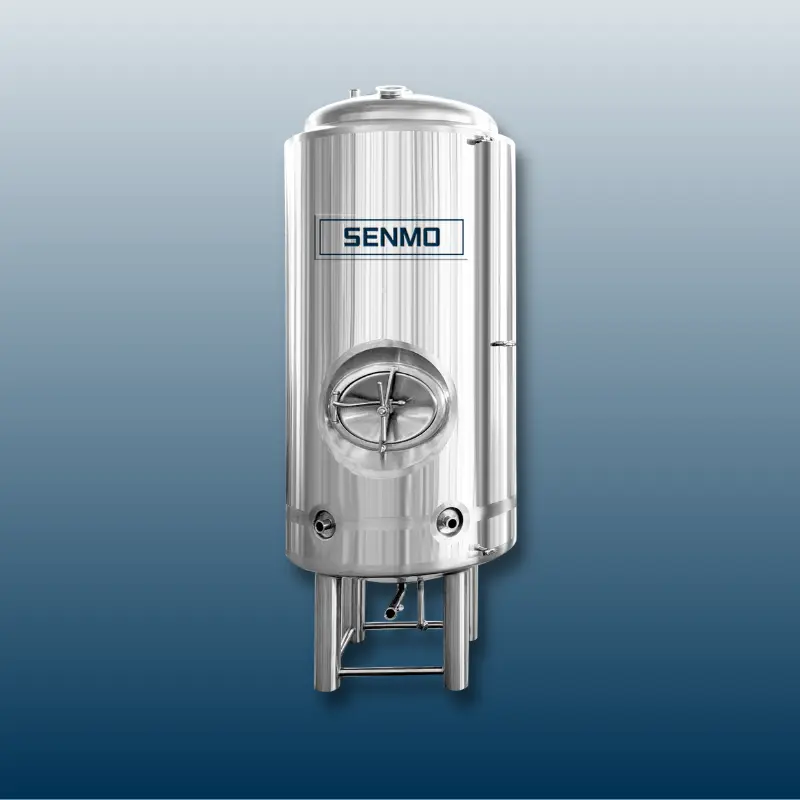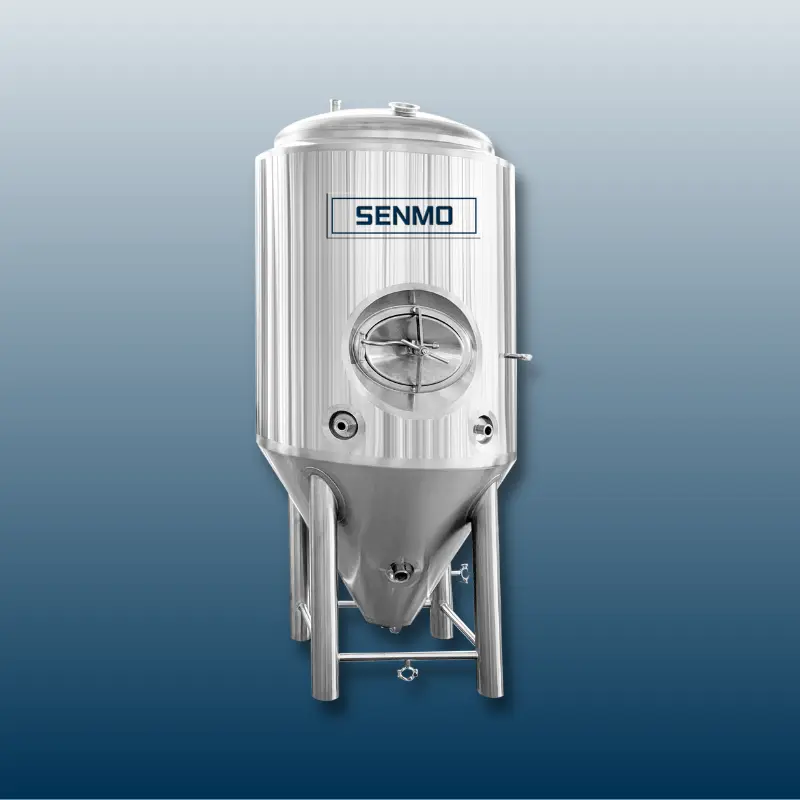Starting a microbrewery is an exciting venture that combines passion for craft beer with entrepreneurial ambition. With the increasing demand for unique and locally-produced beers, microbreweries have become a popular business choice across Europe. However, launching a microbrewery requires careful planning, especially when it comes to complying with European Union (EU) regulations, budgeting for startup costs, selecting high-quality brewing equipment, and setting competitive prices for your beer. This comprehensive guide will walk you through the essential steps to successfully start a microbrewery that meets EU standards.
868158.webp)
Step 1: Research and Planning
The first step in starting a microbrewery is thorough research and planning. This involves understanding the market, legal requirements, and the overall feasibility of your business idea.
Market Research
Conduct detailed market research to understand the demand for craft beer in your target area. Identify your competition, both local and regional, and analyze their product offerings, pricing, and market positioning. Consider the preferences of your potential customers—are they interested in traditional styles, innovative flavors, or specific types of beer like IPAs, stouts, or lagers? Understanding these factors will help you define your niche and craft a unique selling proposition (USP) for your microbrewery.
Business Plan
Create a comprehensive business plan that outlines your microbrewery's vision, mission, and goals. Include sections on market analysis, business structure, marketing strategy, and financial projections. Your business plan should also detail the type of beers you plan to produce, your target market, and your branding strategy. A well-prepared business plan is crucial not only for guiding your operations but also for securing financing from investors or banks.
Step 2: Legal Compliance and Licensing
Setting up a microbrewery in the EU involves navigating a complex regulatory landscape. You must ensure that your brewery complies with both local and EU-wide regulations regarding production, safety, and distribution.
Licensing and Permits
Obtain the necessary licenses and permits to legally operate your microbrewery. These may include:
Alcohol Production License: Required to legally produce and sell alcoholic beverages.
Health and Safety Certificates: Ensure your facility meets all health and safety standards.
Environmental Permits: If your brewery will produce waste or emissions, you may need environmental permits.
Customs and Excise Registration: In many EU countries, you’ll need to register with customs for tax purposes related to alcohol production.
Contact your local authorities to determine the specific permits and licenses required in your country or region.
EU Regulations
Familiarize yourself with EU regulations governing food and beverage production, particularly those related to beer. Key areas include:
Hygiene Standards: Adhere to the EU’s food safety regulations (e.g., Regulation (EC) No 852/2004), which set out hygiene requirements for food production facilities.
Labeling Requirements: Ensure that your beer labels comply with EU regulations on ingredient disclosure, allergen information, and alcohol content.
Packaging and Recycling: Follow EU directives on packaging waste, ensuring that your packaging materials are recyclable and meet sustainability standards.
Step 3: Budgeting and Financial Planning
Accurately budgeting for your microbrewery is critical to its success. This involves estimating the startup costs, calculating ongoing expenses, and determining your break-even point.
Startup Costs
Your startup costs will vary depending on the size and scope of your brewery, but common expenses include:
Brewery Equipment: High-quality brewing equipment is a significant investment. Expect to spend between €50,000 to €200,000 for a small to medium-sized microbrewery setup.
Facility Leasing or Purchase: The cost of leasing or purchasing a facility will depend on your location. Urban areas typically have higher real estate costs.
Renovations and Construction: If your facility needs modifications to accommodate brewing operations, factor in the costs of construction, plumbing, and electrical work.
Licensing and Permits: Budget for the costs of obtaining the necessary licenses and permits.
Raw Materials: Purchase initial supplies of malt, hops, yeast, and other brewing ingredients.
Labor: Consider the costs of hiring staff, including brewers, sales personnel, and administrative staff.
Marketing and Branding: Allocate funds for marketing your brand, including website development, packaging design, and promotional activities.
Ongoing Costs
In addition to startup costs, your microbrewery will have ongoing expenses, including:
Raw Materials: Regular purchases of ingredients like malt, hops, and yeast.
Utilities: Costs for water, electricity, and gas to operate brewing equipment.
Labor: Wages for your employees.
Maintenance and Repairs: Ongoing maintenance of brewing equipment and facility upkeep.
Distribution and Logistics: Costs associated with transporting your beer to retailers or directly to consumers.
Financial Projections
Prepare detailed financial projections that include expected revenue, expenses, and profitability. Calculate your break-even point, which is the number of units you need to sell to cover your costs. This will help you set realistic sales targets and pricing strategies.
Step 4: Selecting High-Quality Brewing Equipment
Choosing the right brewing equipment is crucial to the success of your microbrewery. High-quality equipment ensures consistent beer quality, efficiency in production, and compliance with EU safety standards.
Types of Brewing Equipment
Brewhouse: The brewhouse is the heart of your microbrewery, where the brewing process begins. It typically includes a mash tun, lauter tun, brew kettle, and whirlpool. Stainless steel is the preferred material for its durability and ease of cleaning.
Fermentation Tanks: These vessels are where the wort ferments into beer. Choose tanks with proper temperature control systems to ensure consistent fermentation.
Bright Tanks: Bright tanks are used for carbonation and conditioning of the beer before packaging. They should be designed to handle the pressure required for carbonation.
Cooling Systems: Glycol chillers are commonly used to regulate the temperature of fermentation tanks. Ensure your cooling system is adequately sized for your production volume.
Cleaning Systems: Clean-In-Place (CIP) systems are essential for maintaining hygiene in your brewery. They automate the cleaning process for tanks and piping, ensuring thorough sanitation.
Packaging Equipment: Depending on your distribution strategy, you may need bottling, canning, or kegging equipment. Choose systems that are compatible with your production scale and packaging preferences.
EU Compliance
Ensure that all brewing equipment meets EU safety and quality standards. This includes compliance with pressure equipment directives, hygiene regulations, and any specific local requirements. Working with reputable suppliers who are familiar with EU regulations can help streamline this process.
Step 5: Developing Your Beer Recipes
Your beer recipes are the foundation of your microbrewery’s success. Experiment with different styles and ingredients to create unique brews that will set your brand apart in the market.
Core Range vs. Seasonal Beers
Most microbreweries offer a core range of beers that are available year-round, complemented by seasonal or limited-edition brews. Your core range should include a variety of styles that appeal to a broad audience, while seasonal beers can showcase your creativity and respond to market trends.
Ingredient Sourcing
Source high-quality ingredients to ensure the best possible flavor and consistency. Establish relationships with suppliers for malt, hops, yeast, and adjuncts. Whenever possible, consider using locally-sourced ingredients to enhance your brand’s connection to the community and support sustainability.
Step 6: Pricing Your Beer
Setting the right price for your beer is essential to balancing profitability with market competitiveness. Consider the following factors when pricing your beer:
Cost of Production
Calculate the total cost of production, including raw materials, labor, utilities, and overhead. This will give you a baseline cost that you need to cover with your pricing.
Market Positioning
Consider where you want to position your brand in the market. Are you targeting a premium segment, or do you want to offer more affordable craft beers? Your pricing should reflect your brand’s positioning and the perceived value of your product.
Competitor Pricing
Analyze the pricing of competitors in your target market. While you don’t necessarily need to match their prices, understanding the market norms will help you set a price that is both competitive and profitable.
Distribution Channels
The pricing may vary depending on the distribution channel. For instance, the price for direct-to-consumer sales may differ from the price charged to retailers or distributors. Consider the margins required by each channel when setting your prices.
Step 7: Marketing and Branding
Effective marketing and branding are crucial to building a loyal customer base and differentiating your microbrewery in a crowded market.
Brand Identity
Develop a strong brand identity that reflects your brewery’s values, vision, and the unique qualities of your beer. This includes your brewery’s name, logo, packaging design, and overall visual identity.
Online Presence
Establish a robust online presence with a professional website and active social media profiles. Use these platforms to engage with customers, share your brewing process, promote new releases, and build a community around your brand.
Events and Tastings
Host events, such as brewery tours, tastings, and collaborations with local businesses, to increase brand awareness and engage directly with your target audience.
Distribution Strategy
Decide how you will distribute your beer—whether through direct sales at your brewery, online sales, local retailers, bars, or restaurants. Each channel has its own pricing and logistical considerations, so plan your distribution strategy accordingly.
Step 8: Launching Your Microbrewery
Once all the preparations are in place, it’s time to launch your microbrewery. Here are some tips for a successful launch:
Soft Opening
Consider a soft opening where you invite a select group of people to experience your brewery before the official launch. This can include friends, family, local influencers, and industry professionals. A soft opening allows you to gather feedback and make any necessary adjustments before opening to the public.
Grand Opening
Plan a grand opening event to officially introduce your microbrewery to the public. Offer special promotions, live music, and guided tours to attract a crowd. Use this opportunity to generate buzz and start building a loyal customer base.
Continuous Improvement
After launching, continuously gather customer feedback and monitor your sales data. Use this information to make informed decisions about your product offerings, marketing strategies, and operational improvements.
Conclusion
Starting a microbrewery in the EU is a complex but rewarding endeavor. By following the steps outlined in this guide—conducting thorough research, ensuring legal compliance, budgeting accurately, selecting high-quality equipment, developing unique beer recipes, and implementing effective marketing strategies—you can successfully launch a microbrewery that stands out in the competitive craft beer market. With careful planning and a commitment to quality, your microbrewery can become a beloved local institution and a successful business.
About Senmo Machinery
Senmo Machinery is a leading microbrewery equipment manufacturer based in China, proudly operating our own state-of-the-art manufacturing facility. With a commitment to quality and innovation, we specialize in producing custom and OEM beer brewing equipment tailored to meet the specific needs of our clients. Whether you’re looking to set up a new microbrewery or upgrade your existing operations, our comprehensive range of equipment covers everything from brewing systems to fermentation tanks and packaging solutions.
In addition to manufacturing, Senmo Machinery offers professional installation services to ensure that your brewing equipment is set up and operates smoothly from day one. Our dedicated after-sales support team is always on hand to provide ongoing maintenance, technical assistance, and any spare parts you may need, ensuring the longevity and efficiency of your brewing operations. Choose Senmo Machinery as your trusted partner in brewing, and let us help you craft the perfect beer with our top-quality equipment and services.
682.webp)
